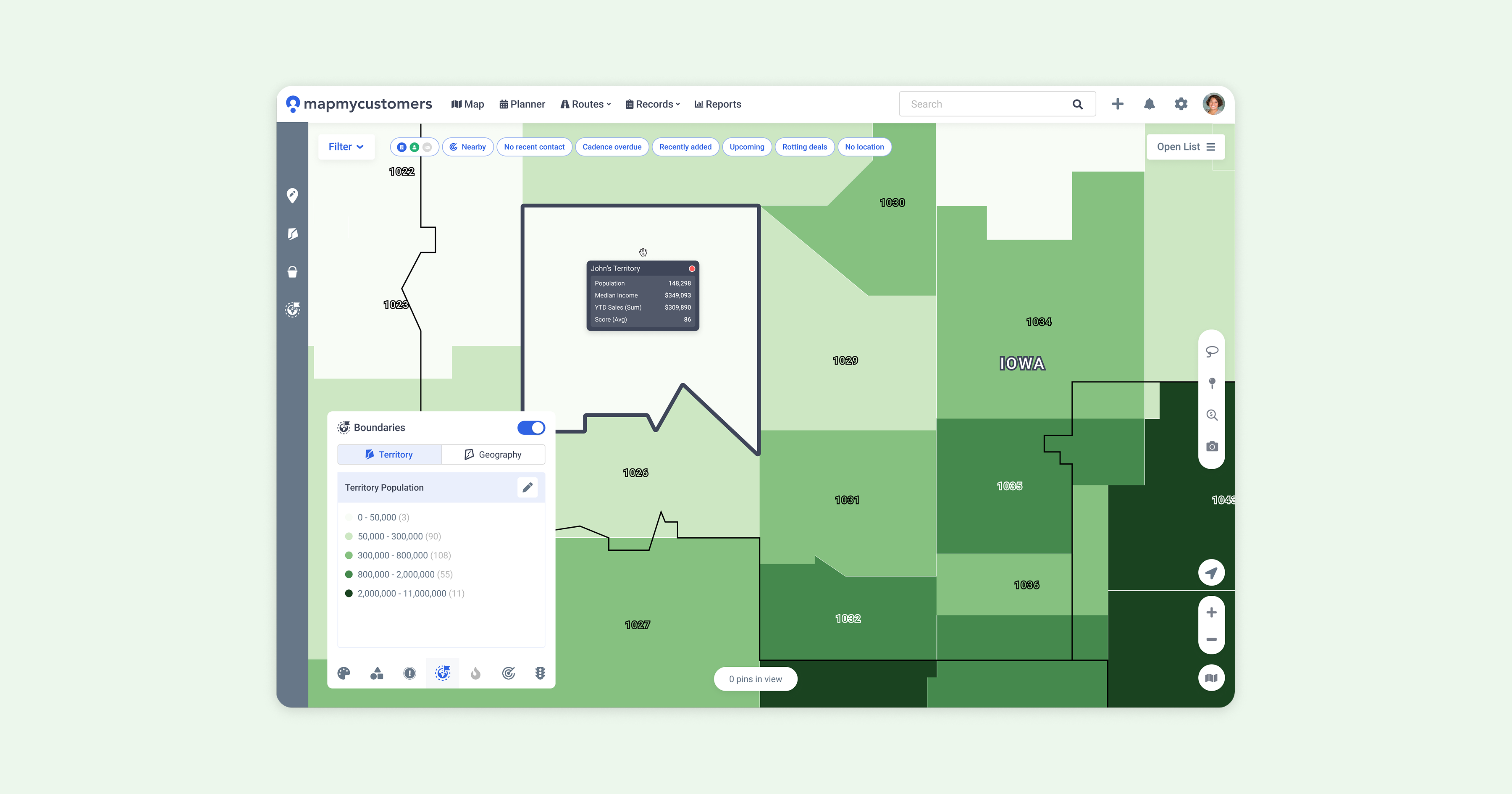For handoff, I separated the progressive flow into 3 sections: the flow at a glance, breakdown based on the dataset, and an even deeper level for record type custom filters.
By utilizing slot components and a predictable grid pattern in my handoff, I was able to significantly reduce confusion that usually ensues with our remote team.
There were only 2 follow-up questions asked after handoff, which is pretty rare for our team. The method I used for handoff saved us an estimated 32 hours of meetings and Slack conversations that usually come with a project of this scale and complexity.
Handoff
Iterations & Direction
3 weeks
